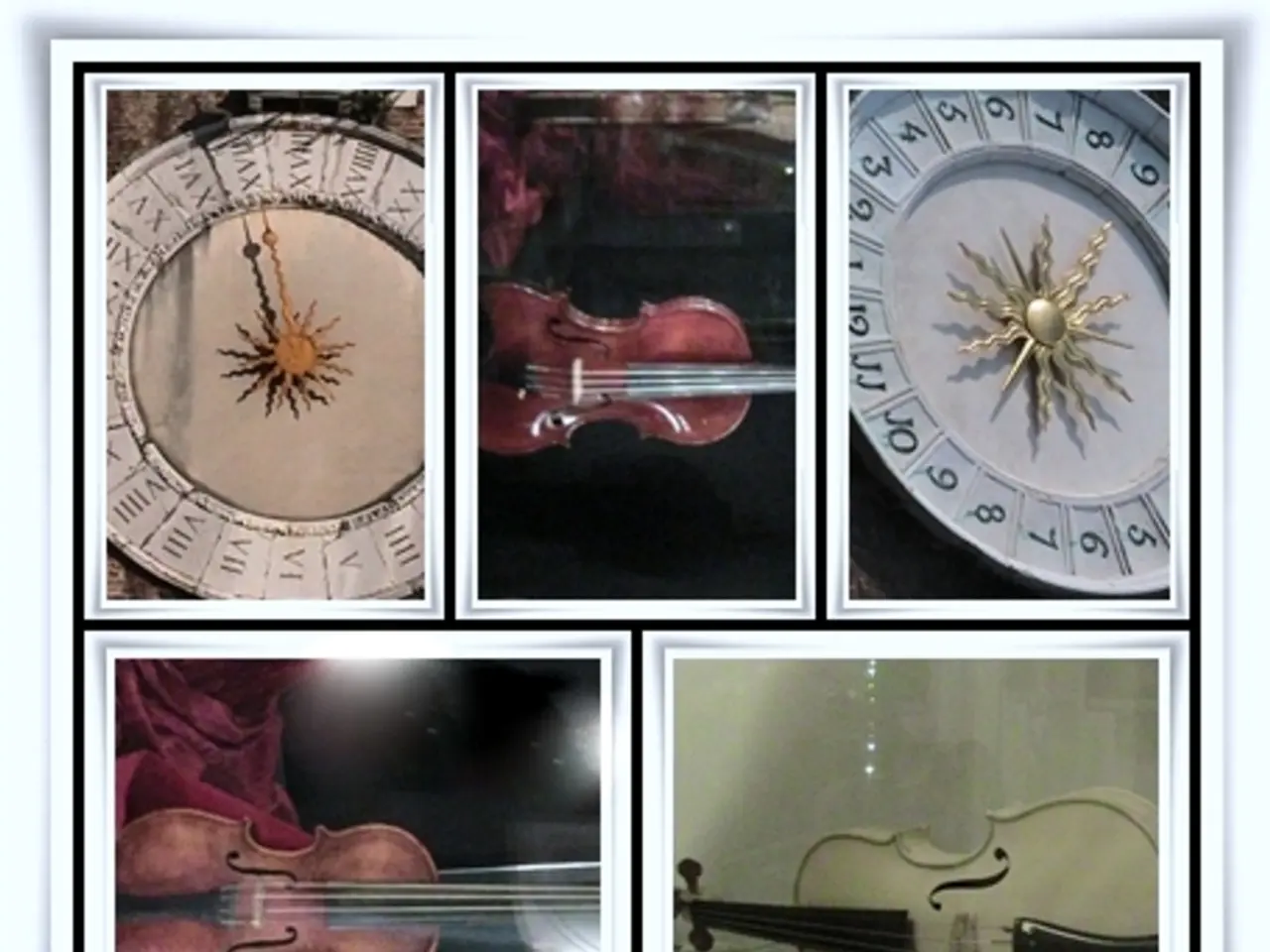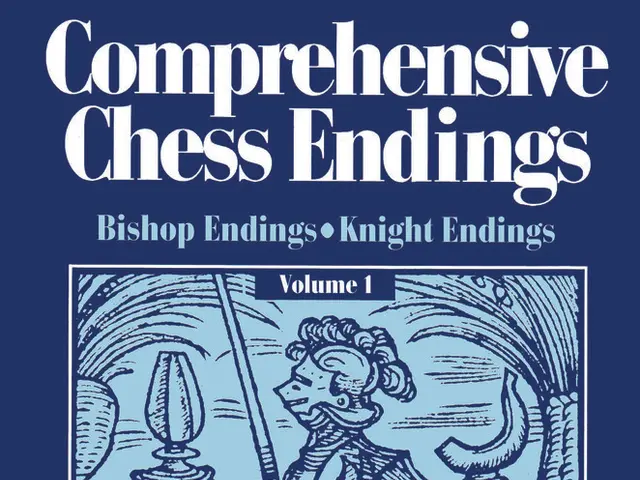Rhythmic Measurements: Understanding the Pulse of Music
Understanding Time Signatures in Music
In the realm of music theory, time signatures play a crucial role in shaping the rhythmic structure of a piece. These notational symbols, usually found at the beginning of a musical composition, provide essential information about the rhythm and flow of the music.
A time signature is a two-number symbol, consisting of a top and bottom number. The top number indicates the number of beats in each measure (or bar), while the bottom number specifies the note value that represents one beat. For instance, in a 4/4 time signature, there are four beats per measure, and each beat is a quarter note.
Measures divide music into regular groupings of beats, organizing the rhythm so the music has a predictable pulse or flow. This helps performers and listeners anticipate the rhythmic structure. For example, a 3/4 time signature means there are three quarter notes to a bar.
The most common time signature is 4/4, also known as "common time." Other common examples include 3/4 and 2/4. However, music can also be written in more complex time signatures such as 6/8, 9/8, 12/8, and even odd time signatures that freely jump between duple and triple meter.
Simple meters have beats that divide into two equal parts, such as 2/4, 3/4, and 4/4, while compound meters have beats dividing into three equal parts, such as 6/8, 9/8, and 12/8.
Time signatures significantly impact the rhythm and feel of a piece, affecting its mood or identity. For example, 3/4 often gives a “waltz-like” or lilting feel, while irregular or complex time signatures (like 7/8) add energetic or unusual rhythmic patterns.
Moreover, time signatures provide the framework for rhythm, determining how beats are organized and which note lengths receive emphasis. They are essential for understanding rhythmic patterns, syncopation, and musical phrasing.
Cut time (2/2) follows the same feel as 4/4 but with a half note pulse. It is most commonly used for faster pieces because they effectively cut note values in half. 9/8 time gets a duration of nine eighth notes to each bar and they are grouped into three groups of three.
In summary, time signatures are fundamental to music as they establish the rhythmic structure, guiding how beats are counted, grouped, and felt within a piece to create its characteristic rhythmic flow and mood.
Technology has led to developments in music distribution, enabling musicians to reach wider audiences effortlessly. This digital revolution has also provided platforms for education-and-self-development, such as online tutorials, for individuals seeking to deepen their understanding of music theory, including intricate time signatures.
Online resources and interactive tools offer budding musicians the opportunity to explore various time signatures, experiment with rhythm, and even compose their own pieces, gaining insights into music structure and enhancing their skills in education-and-self-development.




